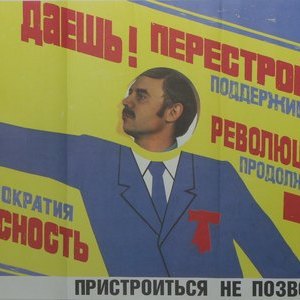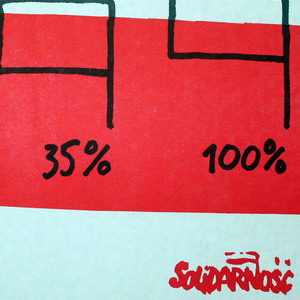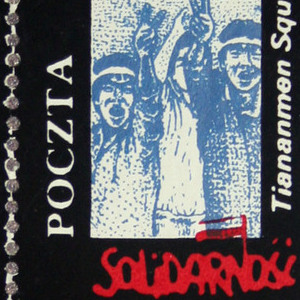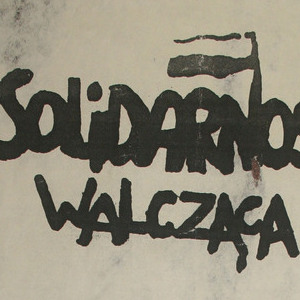Politics

The Butcher Shop, Warsaw
In the 1980s average citizens of East European countries faced many challenges, including daily difficulties created from ongoing and severe shortages of consumer goods. Buying such necessities as food, clothing, and hygiene products was a recurring obstacle to average consumers.

Shopping queue in Wrocław
Upheavals in political, economic, social, and cultural conditions in the 1980s led to many challenges in everyday lives of average citizens of East European countries. Buying such necessities as food, clothing, and hygiene products posed serious difficulties to consumers.

Shame to the loafer and the drunkard
Before the era of the Gorbachev reforms, social and health problems could not be easily discussed in the Soviet Union. The emphasis for public health was on keeping people healthy so that they could work better and more productively.

Drug Abuse is Suicide
One of Mikhail Gorbachev's most famous reform movements was glasnost' (openness), which allowed partial freedom of the press to address social problems and corruption within the Soviet Union.

Let's Go! Support Perestroika!
Mikhail Gorbachev began a parallel program of reform for the Soviet Union: perestroika (reconstruction) and glasnost' (openness). His intention, however, was for a state-directed movement that would keep the Communist Party in firm control.

Polish Voting Rights
This campaign poster for the Polish Solidarity movement shows Polish voters what was at stake in the upcoming elections in June 1989. Under the terms of the arrangement negotiated with the Communist party, 35% of the seats in the Lower House of the parliament (Sejm) were to be freely contested.

Solidarity Commemorates Tiananmen Square
After Solidarity assumed the political leadership of Poland, the new government issued these stamps to commemorate the student protests in Tiananmen Square in China in the Spring of 1989. Postage stamps may be part of everyday life and the images here served an important political purpose.

Meeting Poster for Solidarity Rally
This electoral poster invites readers to attend a meeting on May 1, 1989 to discuss the upcoming election. A tentative translation of the poster is: "Solidarity's Struggle.

Ethnic Groups in Yugoslavia
In 1990, the Yugoslav Communist Party divided into several separate parties, one for each of the six Yugoslav Republics. Tensions among the ethnic groups of Yugoslavia, divided among the republics, led to an outbreak of a civil war by 1991.

Disaster in Armenia, 1988
On December 7, 1988, an earthquake with a 6.9 magnitude struck the Soviet Republic of Armenia. With powerful aftershocks continuing for months following, Armenia struggled to recover.